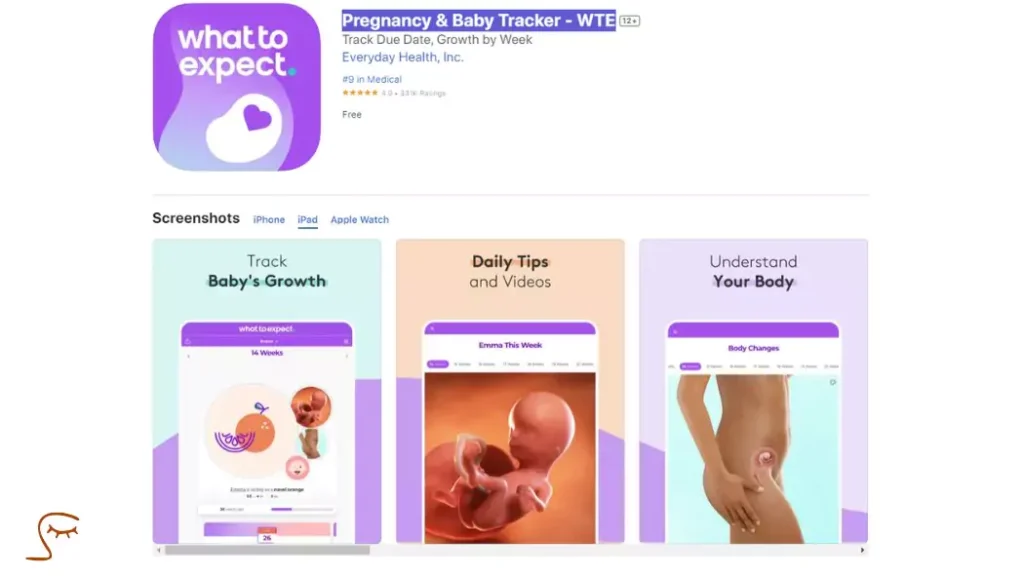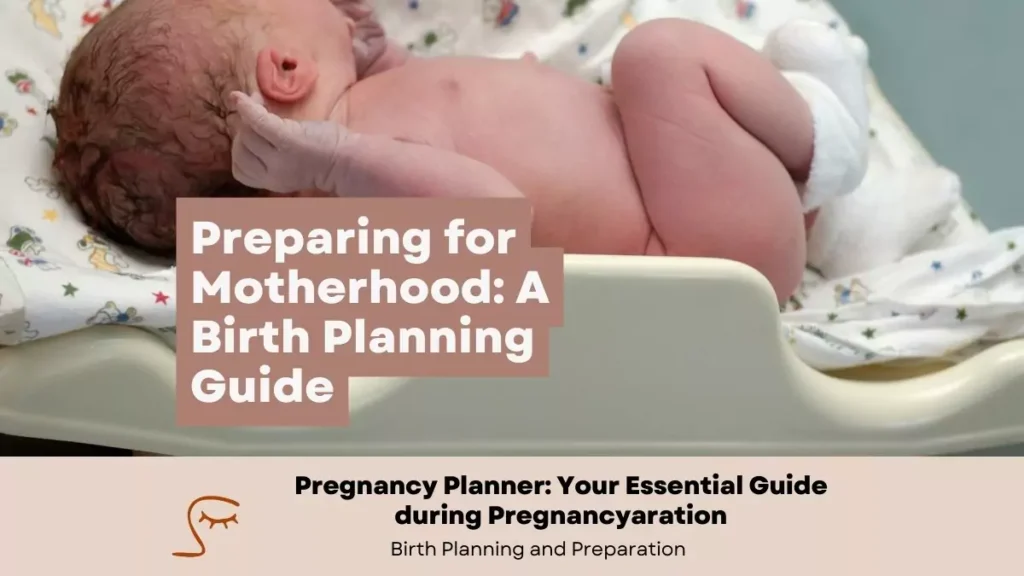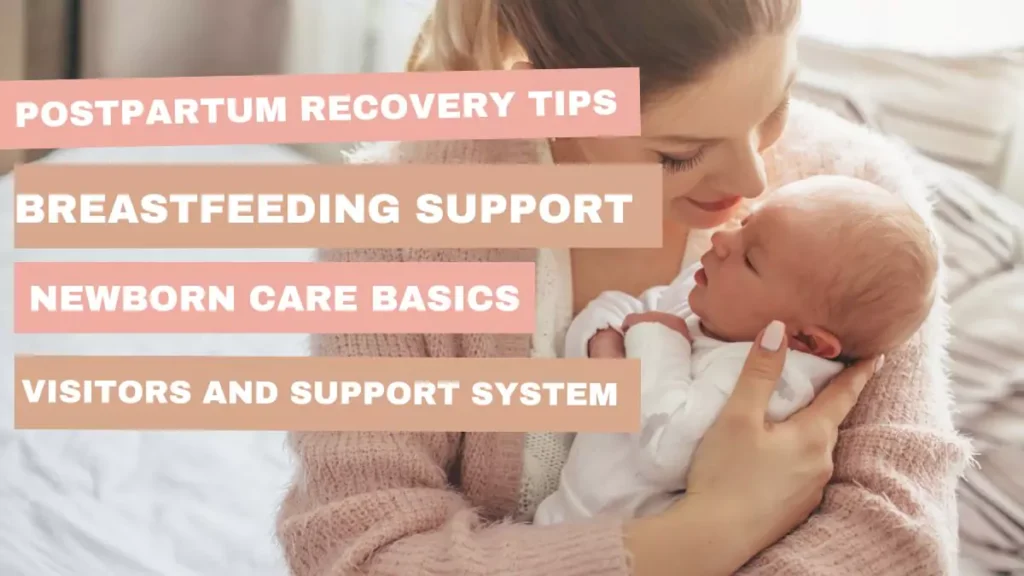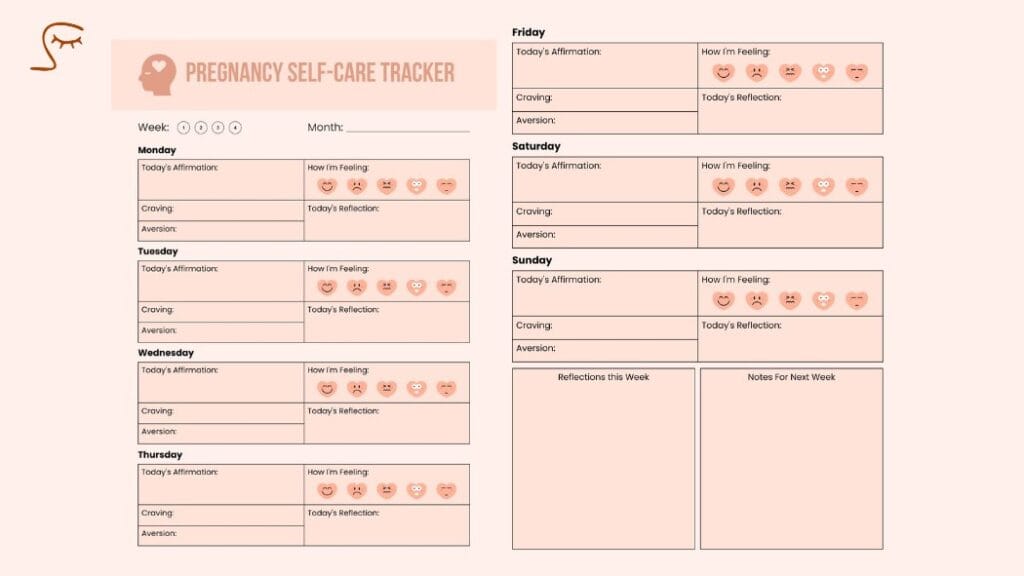
A pregnancy planner is an indispensable companion for expecting mothers to stay organized, track milestones, and document their journey during this transformative time. It’s a must-have for those anticipating the arrival of their little one. From comprehensive planners that double as guidebooks and medical logs to printable journals for capturing memories, these pregnancy planners offer a variety of features to cater to the diverse needs of expecting mothers.
Many pregnancy planners feature monthly and weekly views, sections dedicated to each trimester, checklists, to-do lists, and ample space to jot down prenatal appointments, symptoms, and the baby’s movements, ensuring a daily and weekly snapshot of the journey. Some also provide expert guidance on birth planning, nursery setup, baby registries, postpartum care, and tips for keepsake preservation, helping parents-to-be feel fully prepared for what’s ahead. With undated, editable templatesWith their thoughtful designs, these pregnancy planners aim to help mothers feel prepared and create lasting mementos of their pregnancy experience, making the journey even more memorable.
Are you ready to plan your wedding like a pro? Enter your email here and start your journey now!
Subscribe today and get a special gift, just for you!
Join us now and get your own wedding planner
Embracing Pregnancy with a Tracker: Your Companion in the Journey of Motherhood
Discovering the Miracle of Life
The anticipation and joy of expecting a baby are unparalleled, and a pregnancy tracker adds a touch of magic to this extraordinary journey. This innovative tool not only keeps you informed but also engaged as you witness the growth of your little one within your womb. By providing insights into your baby’s development week by week and highlighting the changes in your body, a pregnancy tracker offers a unique window into the miracle of life unfolding inside you. Each day becomes a delightful discovery, enhancing your connection with your baby and preparing you for the beautiful adventure of motherhood.

The “Pregnancy & Baby Tracker – WTE” App: A Comprehensive Solution
For those seeking a comprehensive digital solution, the “Pregnancy & Baby Tracker – WTE” app by Everyday Health, Inc. stands out as a valuable resource. This app features a range of tools including a due date calculator, week-by-week pregnancy tracker, weight gain tracker, baby tracker, and access to medically reviewed articles and videos. Available for free on the App Store, this app caters to users seeking reliable pregnancy tracking and information. Compatible with iOS 16.2 or later, iPadOS 16.2 or later, and watchOS 8.0 or later, it ensures accessibility for a wide audience looking to stay informed and connected throughout their pregnancy journey.
An effectivepregnancy planner should facilitate:
- It enables tracking of physical changes and symptoms, encouraging the documentation of weekly body transformation photos, weight gain, measurements, and other significant physical changes, serving as a comprehensive log.
- The planner also focuses on emotional well-being and self-reflection, offering a private space to jot down thoughts, fears, hopes, and joys. It acts as a stress-relief outlet and helps in gaining mental clarity during this transformative period.
- A key feature is memory preservation and fostering a connection with the baby, documenting special moments, milestones, and significant events, and allowing expectant mothers to express their thoughts and messages to their unborn child, highlighting the baby’s first experiences.
- It aids in improved communication with healthcare providers by providing a comprehensive record of experiences, symptoms, and questions, ensuring no important detail is overlooked during prenatal visits, thus enhancing medical care.

2. Birth Planning and Preparation
A well-rounded pregnancy planner should include dedicated sections for birth planning and preparation. This allows expectant mothers to document their preferences, research options, and create a detailed plan for the arrival of their new baby, covering all aspects of birth planning.
- Birth Plan: A template to outline preferences for labor and delivery, such as:
- Pain management options (epidural, natural methods, etc.)
- Birthing positions
- Presence of a doula or birth photographer
- Music or ambiance preferences
- Immediate postpartum requests (skin-to-skin, delayed cord clamping, etc.)
- Hospital Bag Checklist: A list to ensure all essential items are packed and ready, including:
- Comfortable clothing and toiletries for mom
- Outfits and supplies for the newborn
- Important documents and contact information
- Snacks and entertainment for labor
- Nursery Planning: Sections to plan and document the nursery setup, including:
- Furniture and decor ideas
- Registry lists for essential baby items
- Organizational tips for clothing, toys, and supplies
- Shared ReflectionsThe planner also features dedicated pages for loved ones to write letters, well-wishes, or advice for the expectant parents and baby, creating a cherished keepsake for the family to treasure.[11]
By incorporating these elements, a pregnancy planner becomes an invaluable resource for birth planning and preparation, ensuring expectant mothers feel organized and ready for the arrival of their little one.
3. Baby Registry and Nursery Setup
A comprehensive pregnancy planner should also include sections for creating a baby registry and planning the nursery, assisting expectant parents in preparing for their newborn’s arrival in an organized and thoughtful manner.
Baby Registry:
- Checklists or templates to ensure essential items are registered for, such as:
- Clothing and accessories for different sizes and seasons
- Feeding supplies (bottles, breast pump, nursing pillow, etc.)
- Diapering essentials (diapers, wipes, changing pad, etc.)
- Bathing and grooming products
- Nursery furniture (crib, dresser, rocking chair, etc.)
- Baby gear (stroller, car seat, baby carrier, etc.)
- Included are recommendations for trusted baby product brands and retailers, along with user reviews to aid in decision-making, ensuring parents have access to quality items for their newborn.
- Budgeting tools or advice to help manage registry costs and prioritize purchases
Nursery Planning:
- Inspiration and ideas for nursery themes, color schemes, and decor styles
- Checklists for essential nursery furniture and equipment
- Tips for creating a safe, comfortable, and functional nursery space, such as:
- Proper crib setup and mattress guidelines
- Optimal room temperature and lighting
- Organizational solutions for storage and accessibility
- Advice on eco-friendly and sustainable nursery options, like organic materials and non-toxic paints
- Suggestions for personalized touches, like custom artwork or monogrammed accessories
By incorporating these elements, a pregnancy planner becomes an indispensable tool for creating a baby registry and setting up the nursery, ensuring expectant parents feel prepared and excited to welcome their little one into a cozy, well-equipped space.
4. Postpartum and Newborn Care

A comprehensive pregnancy planner should dedicate ample space to postpartum and newborn care, as this transitional period can be both exhilarating and challenging for new mothers. Key elements to include:
- Postpartum Recovery Tips: Guidance on physical and emotional healing after childbirth, such as:
- Caring for stitches or incisions
- Managing postpartum bleeding and discomfort
- Recognizing signs of postpartum depression or anxiety
- Exercises and nutrition for recovery
- Breastfeeding Support: Resources and advice for successful breastfeeding, including:
- Proper latch techniques and positioning
- Establishing a feeding routine
- Troubleshooting common issues (sore nipples, low supply, etc.)
- Pumping and storage guidelines
- Newborn Care Basics: Essential information for caring for a newborn, such as:
- Diapering and bathing techniques
- Soothing and comforting methods
- Safe sleep practices
- Recognizing signs of illness or distress
- Visitors and Support System: Sections to document important contact information and preferences for visitors, including:
- Family and friends available for support
- Meal train or care package coordination
- Visitor guidelines (hours, duration, etc.)
| Postpartum Recovery | Breastfeeding Support | Newborn Care Basics |
|---|---|---|
| Physical healing tips | Latch techniques | Diapering and bathing |
| Emotional well-being | Feeding routines | Soothing methods |
| Nutrition and exercise | Pumping and storage | Safe sleep practices |
| Warning signs to watch | Common issues | Illness recognition |
By thoroughly addressing postpartum and newborn care, a pregnancy planner becomes an invaluable resource for new mothers, ensuring they feel informed, supported, and prepared for the incredible journey ahead.
free Template
Transform Your Meal Planning Today!
Get 40+ Premium Meal Planning Pages for 2025!
5. Keepsake and Memory Preservation
Preserving precious memories and keepsakes from pregnancy and a baby’s early years is a cherished tradition for many families. Here are some effective strategies:
- Keepsake Boxes Invest in a beautiful, customizable keepsake box made from American hardwood to store mementos like hospital bracelets, first outfits, and milestone cards. These boxes naturally age over time, becoming a timeless heirloom .
- Storage Containers Use stackable plastic containers to neatly organize and store items like baby books, photo albums, blankets, and cards. Color-coding containers by child can aid organization .
- Memory Preservation Ideas:
- Create a scrapbook or photo album dedicated to each birthday, documenting growth and milestones .
- Turn outgrown baby clothes into a personalized quilt or stuffed animal .
- Make handprint or footprint ornaments to hang on the Christmas tree .
- Embroider or knit a special baby blanket with their name for future decor use.
- Document the journey through a blog to share with them when older .
- Pregnancy Journal A well-designed pregnancy journal serves as a beautiful keepsake, capturing thoughts, emotions, and milestones throughout the nine months.Store it properly in a cool, dry place using acid-free materials to preserve for years to come.
By thoughtfully curating and preserving these mementos, parents create a lasting legacy for their family to cherish.
6. Design and Functionality
A thoughtfully designed pregnancy planner can enhance the journaling experience and create a cherished keepsake. Key design elements to consider include:
- Cover Design Customizable cover options to reflect personal style, such as different colors, patterns, or the ability to add the baby’s name or initials, enhance the cover’s appeal and make each pregnancy planner uniquely yours.
- Binding Both spiral-bound and hardcover binding options offer durability, with hardcovers providing a more traditional, sentimental look that many families cherish.
- Layout and Format:
- Dedicated sections for each trimester, weekly updates, and milestones
- Ample space for journaling, photos, and mementos
- Thoughtful prompts and entry ideas
- Multimedia Integration Digital planners allow seamless integration of photos, videos, and audio recordings, transforming them into a modern scrapbook, while physical planners offer pockets or sleeves for physical mementos, catering to those who appreciate tangible keepsakes.
| Physical Planner | Digital Planner |
|---|---|
| Handwritten entries | Multimedia integration |
| Sentimental value | Convenient accessibility |
| Pockets for mementos | Cloud storage and backups |
| Hardcover or spiral binding | Customizable templates |
Striking a balance between functionality and aesthetics, a well-designed pregnancy planner becomes a treasured keepsake that captures the magic of this transformative journey.

Pregnancy Tracking : Why guess when you can know? Track your pregnancy progress. Click to start tracking the precious moments!
Conclusion
A pregnancy planner serves as an invaluable companion throughout the extraordinary nine-month journey, providing a comprehensive platform to track milestones, document memories, and plan for the arrival of the little one. By encompassing features such as birth planning, nursery setup, postpartum care guidance, and memory preservation techniques, it empowers expecting mothers to feel organized, informed, and cherish every precious moment.
While each pregnancy is unique, a printable pregnancy plannerA pregnancy planner offers a personalized and versatile approach to capturing this transformative experience. With customizable design options and ample space for documenting the journey, it transforms into a cherished keepsake.journalingWith spaces for photos and mementos, it transforms into a cherished keepsake that celebrates baby’s first moments and can be treasured for years to come. Explore our pregnancy planner – printable mother baby editable journal – to embark on this incredible journey with confidence and create a lasting legacy for your family.
FAQs
How Can I Create a Pregnancy Planner?
To create a pregnancy planner, begin by documenting your pregnancy journey daily or weekly. This can include journal entries, photographs, videos, checklists, or any other information that captures your pregnancy experience. Additionally, you might consider using a set of pregnancy journal prompts to help you get started, ensuring no detail of your daily or weekly experiences is overlooked.
Is It Beneficial to Use a Pregnancy Planner?
Yes, using a pregnancy planner to track your baby’s growth can be incredibly beneficial. It offers a way to stay connected and informed throughout your pregnancy. By consistently documenting your journey, you can keep track of all the significant milestones as your baby develops, celebrating each of baby’s first moments.
What Are the Essentials for Expectant Mothers?
Expectant mothers should consider having the following essentials:
- Prenatal Vitamins
- Remedies for Morning Sickness
- A High-Quality Moisturizer
- A Belly Support Band
- A Body Pillow for Comfort
- A Supportive Bra
- Appropriate Maternity Clothing
How Should I Prepare Once I Find Out I’m Pregnant?
Upon discovering you’re pregnant, you can prepare your body and environment by taking several steps to ensure a healthy and welcoming space for your new arrival.
- Begin taking a prenatal vitamin.
- Schedule appointments with your doctor and dentist.
- Review your insurance coverage for pregnancy-related expenses.
- Research your family’s medical history.
- Quit unhealthy habits, such as smoking.
- Reduce your intake of alcohol and caffeine.
- Focus on eating healthy, balanced meals.
- Start a suitable exercise routine.







